Looking at the Future – Design Trends of 2020
We’ve identified 20 emerging design trends for 2020, but we’re not just naming fonts and colors. We’re showcasing game-changers that will define our experiential landscape for the year to come.
We’ve identified 20 emerging design trends for 2020, but we’re not just naming fonts and colors. We’re showcasing game-changers that will define our experiential landscape for the year to come.
Micah helps businesses craft meaningful connections through branding, illustration, and design.
Every year a new crop of design trends emerges from the previous year’s labor. Some trends delight, some inspire, and some make our eyes ache. New grows old, and old is new again.
Change is one of the most challenging and satisfying aspects of a career in design. The evolution of taste and technology keeps our skills sharp and demands we stay connected to the people we create for. As 2019 winds down, we’re looking ahead.
We’ve identified 20 emerging design trends for 2020, but we’re not just listing fonts and colors. We’re showcasing game-changers and industry shakers that will define our experiential landscape for the year to come.
1. UX Design Clients Will Be Intentional About Ethical Design
Dark patterns. Data mining. Deliberately addictive design features. We know they exist. We know the sneaky little tricks that subtly influence users’ digital decisions. And we know the companies that use design to intentionally take advantage of customers.
Thankfully, dishonest design has been exposed to the glare of public scrutiny, prompting businesses and designers to more carefully weigh the ethical implications of their design decisions.
In 2020, UX designers and teams will encounter a greater number of clients desiring to make ethical design a top priority. In turn, more designers will become familiar with ethical standards while learning how to examine design decisions through the lens of ethical frameworks.
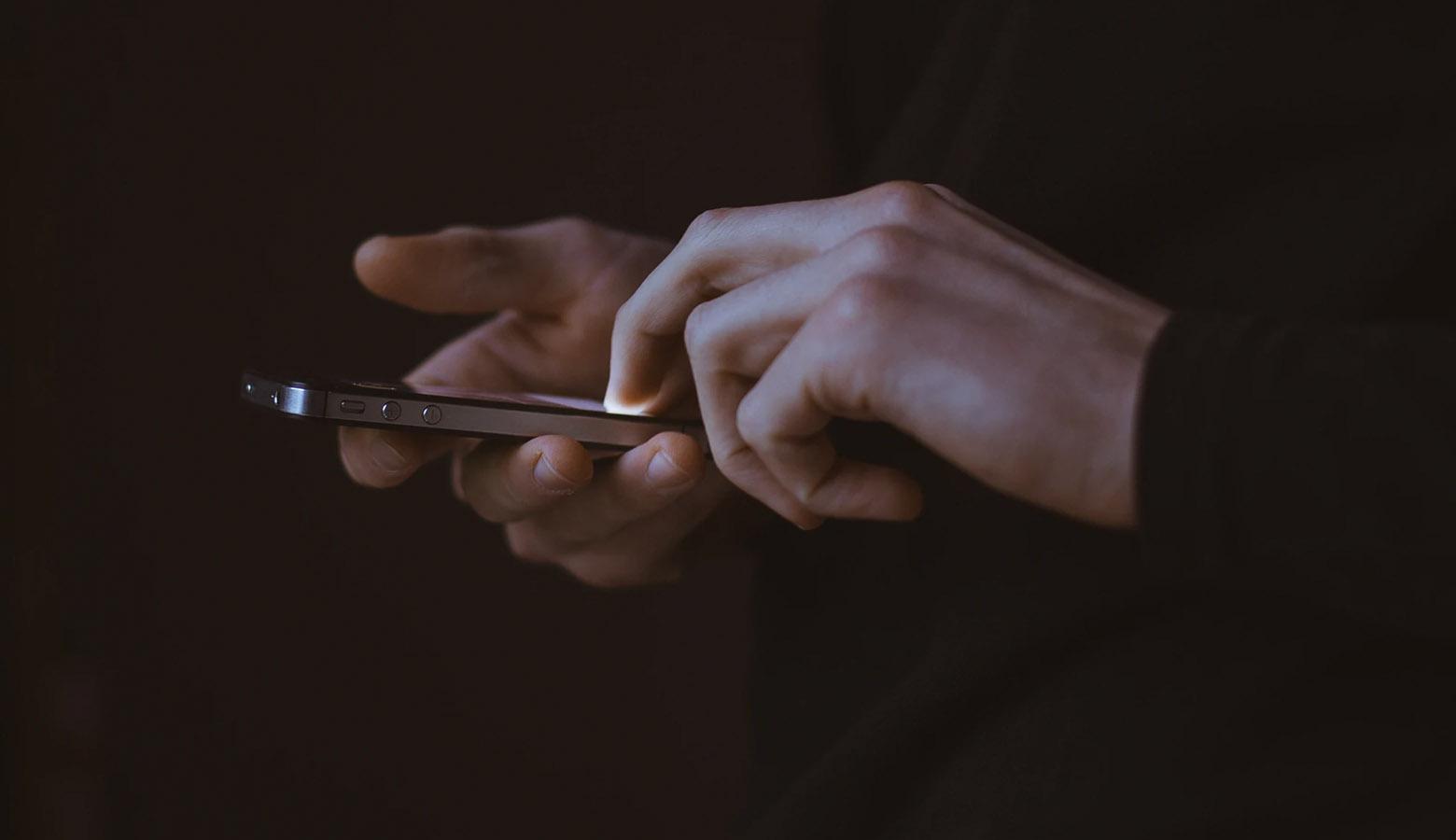
2. Speed Readers Will Blitz Digital
Digital speed reading apps have been around for several years. Some have loyal followings, but none has risen to a place of widespread public use. Ironically, many online publications are releasing shorter articles in an attempt to offset readers’ diminished attention spans.
Speed reading apps require an initial adjustment, but they’re proven to increase focus and reading completion, and they’re a great way to present text on small screens. Expect more digital publications and copy-heavy content providers to implement speed reading options in 2020.
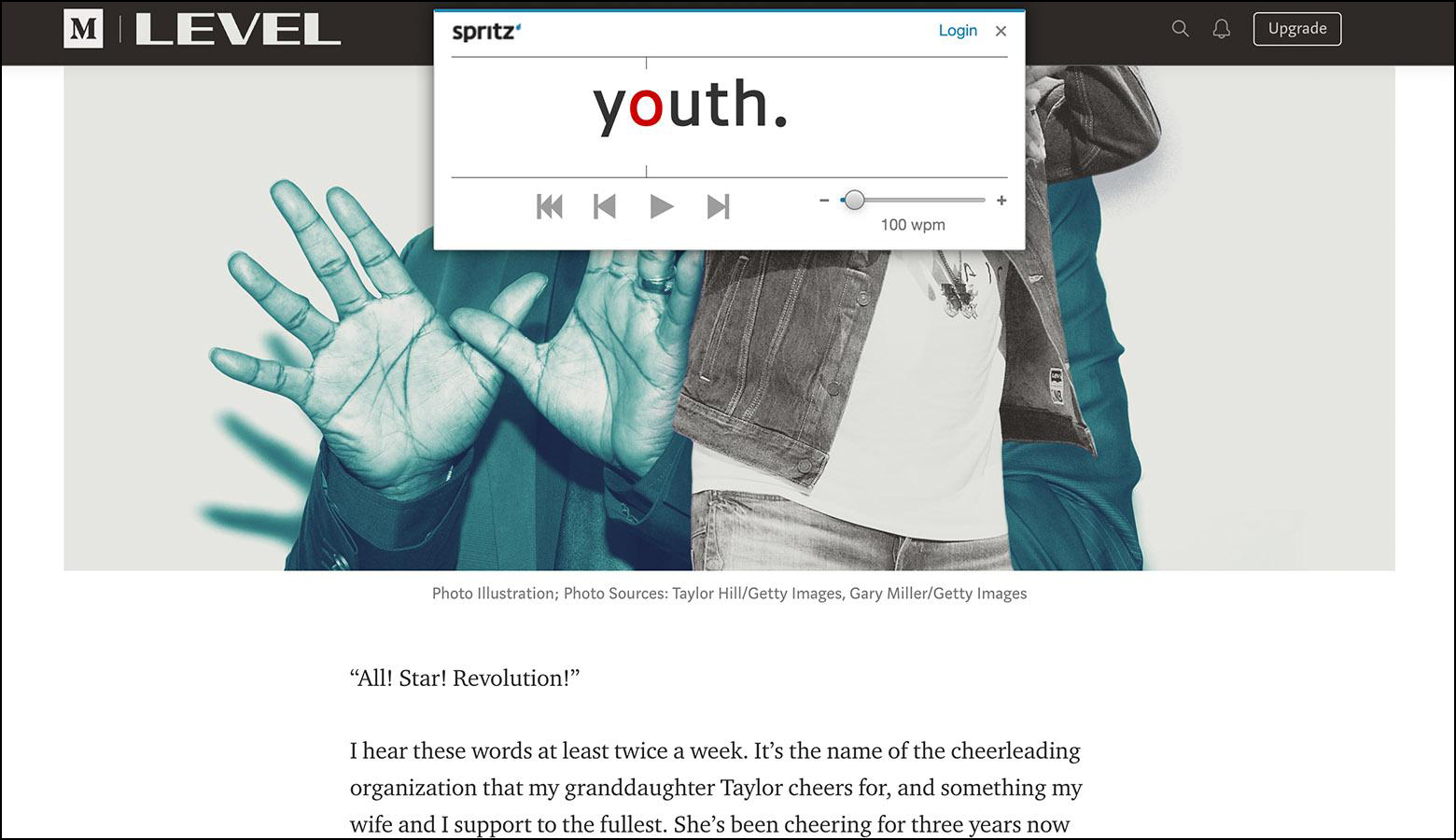
3. Website Overlays Will Go Away
Website overlays (aka popups) have spread like a pestilence to the far corners of the digital universe. The only cure is a healthy dose of reality. People hate to be interrupted, hate to have their progress impeded, hate to be jolted from focus by promotional opportunities. Yet, overlays remain common practice.
Thankfully, more designers are coming to grips with the truth: Overlays are bad CX. In 2020, businesses will forgo the quick-hit metrics boost of overlays in favor of more holistic conversion practices.
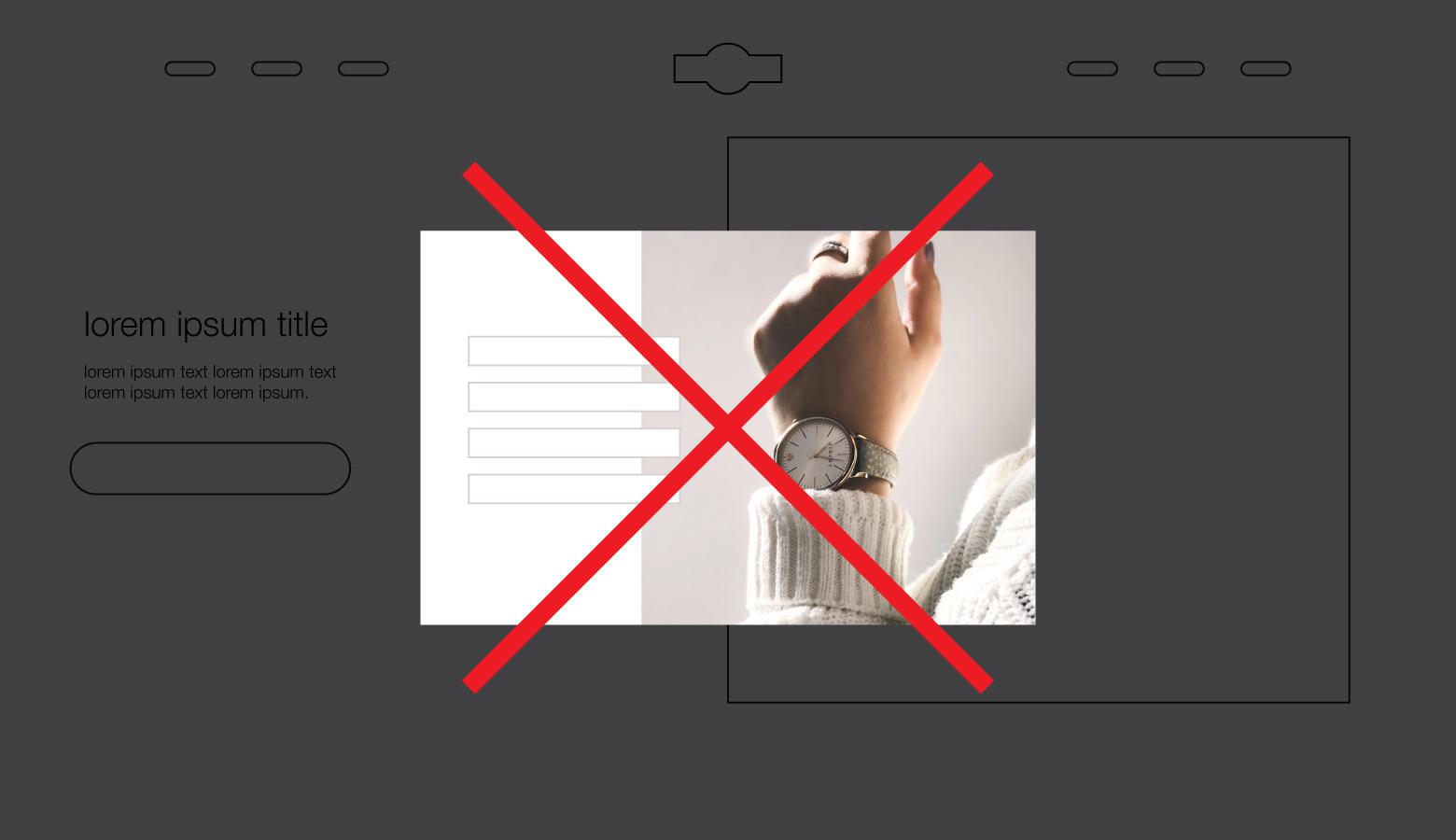
4. Logos Will Be Temporal
For decades, logos have been designed with longevity in mind, but as more industries do business online, expectations have changed. Pixels are easily updated, and digital content is ignored if it isn’t fresh and relevant. Translation: A brand’s visual predictability isn’t nearly as important as it once was.
Look for brands to experiment with stylistically diverse logo collections that correspond to thematic mile markers (product launches, events, holidays, etc). Companies that employ this strategy effectively will improve brand engagement by finding ways to build anticipation for each logo release.
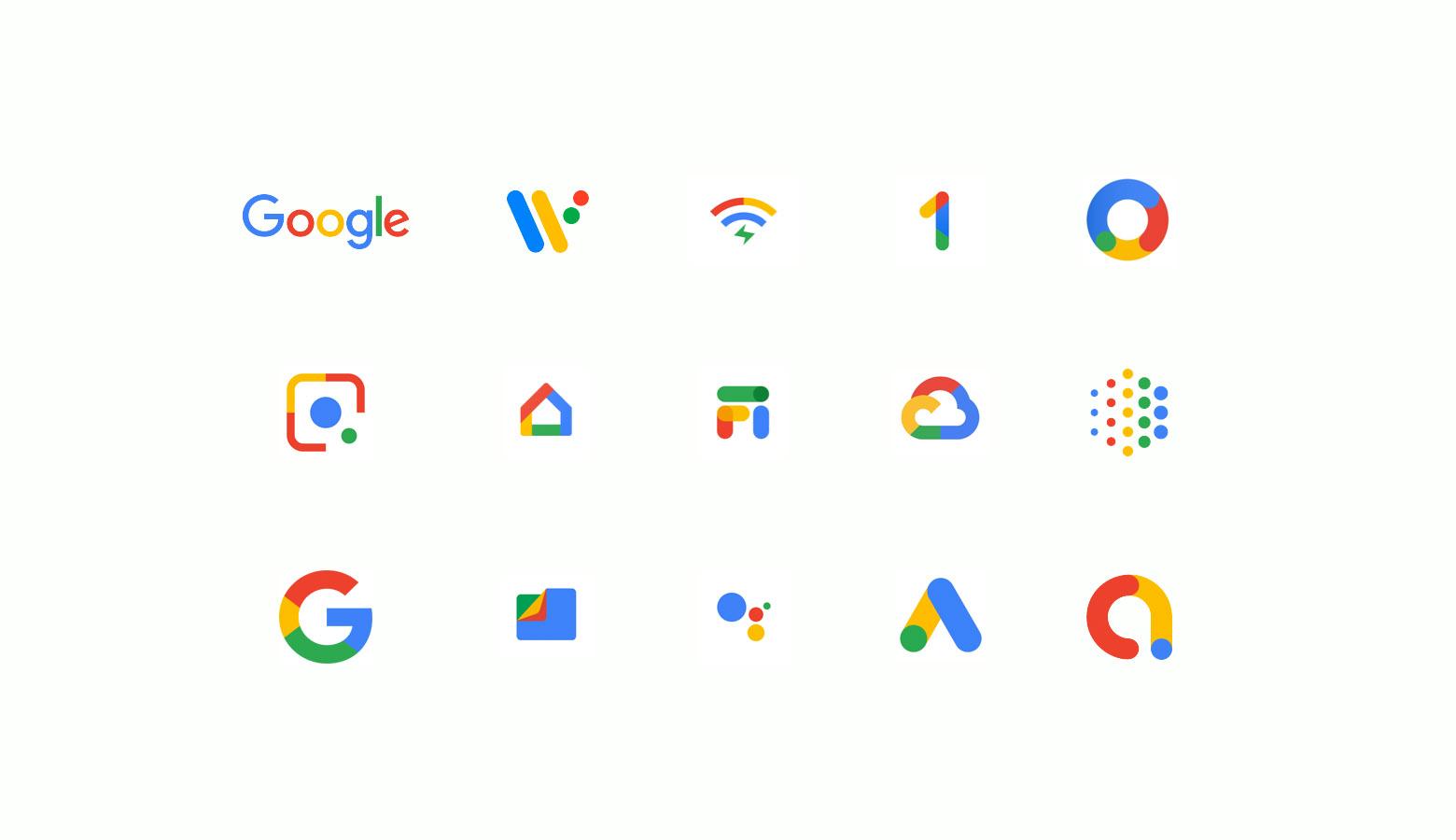
5. eCommerce Bots Will Go on a Selling Spree
Chatbots are massively misunderstood. In some circles, they’re overhyped. In others, they’re harshly criticized. The truth about their abilities lies somewhere in between, but one thing is certain: Simple chatbots designed to perform specific tasks are highly effective.
One role where chatbots shine is sales, but not because they can be scripted with cutesy conversational quips. Bots sell when they make shopping easier for motivated buyers. In 2020, chatbot “companions” will dwindle in favor of hyper-focused bots that streamline purchasing. As a result, chatbot-led sales will skyrocket.

6. AI Will Push Web Accessibility to the Next Level
Accessibility is a growing priority among web and mobile product design teams. Rightly so. No one should have to jump extra hurdles to access information that ought to be available to all, but making a website or app accessible isn’t without challenges.
Traditionally, companies have hired firms to review and modify their sites for accessibility compliance. This process is time consuming, costly, and plagued by a major flaw. Sites that have been modified for accessibility immediately become non-compliant once an update occurs.
Enter artificial intelligence. There are now AI accessibility services that monitor sites for compliance. The AI scans sites at regular intervals, and when updates occur, the site is modified and made compliant.
The accessibility requirements of motor, cognitive, and visual impairments (along with epilepsy) are all accounted for. Expect to see accessibility soar in 2020 as more teams and organizations integrate these AI services into their design process.
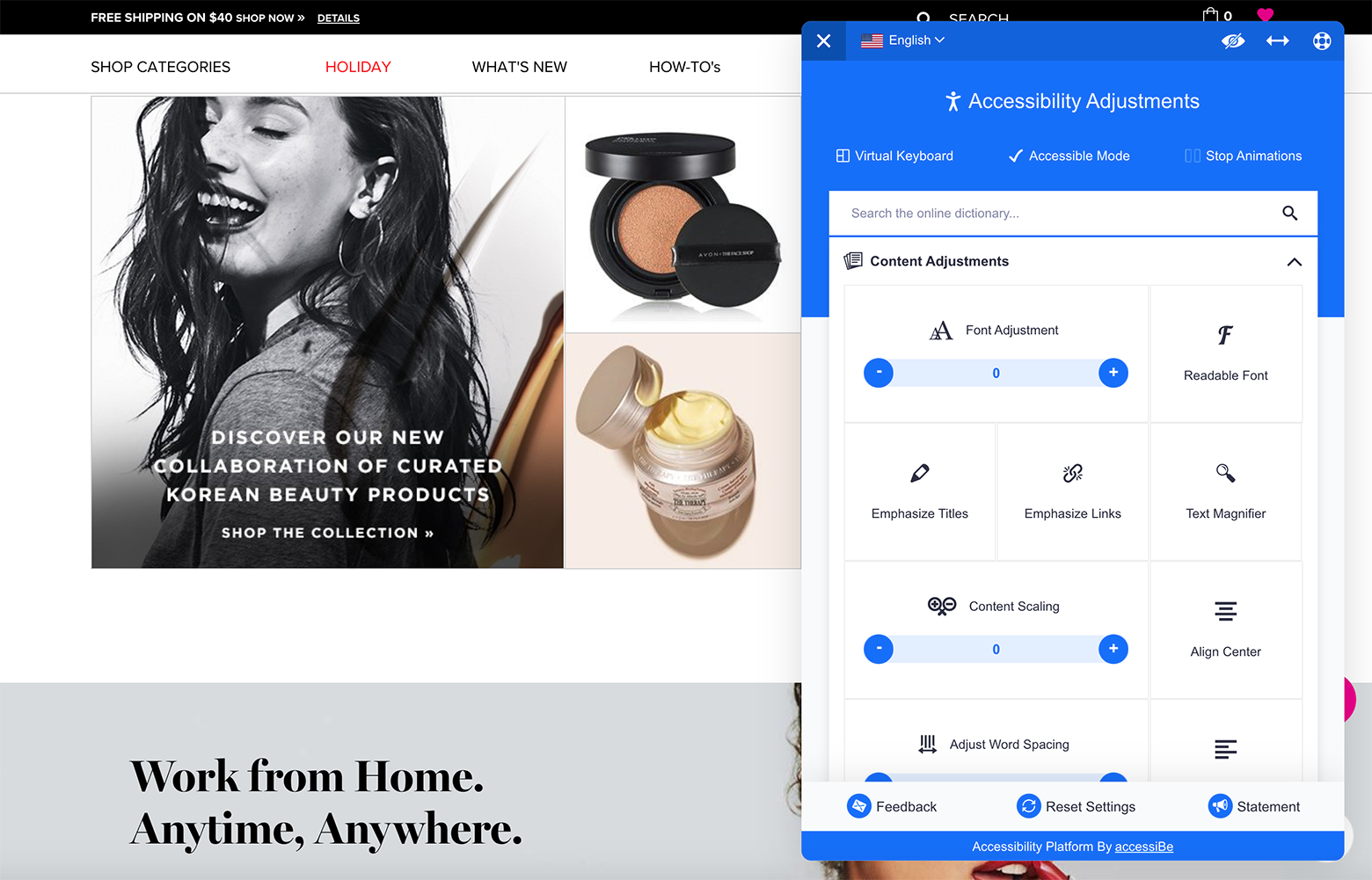
7. Lite Mode Sites and Apps Will Proliferate
On Android devices, Google gives users the ability to cut down on load times, use less data, and browse faster by viewing sites in “Lite” mode. It’s a compelling concept, but the functionality of Lite mode is somewhat clunky, and there are times when it blocks key website features or fails to display important information.
Rather than allowing Google to interpret what users see in Lite mode, UI designers will begin creating customized lite screens that can be toggled on or off from a site’s navigation bar. Doing so will keep lite design in the hands of designers while allowing users to reap the benefits of lite browsing.
8. Gaudy Buttons Will Cry for Attention
Across the web, buttons have evolved from overlooked design components to sleek and stylish conversion drivers. That said, button styles have become somewhat predictable, the differentiator being color in most cases.
2020 will usher in an era of strategically gaudy buttons. Such buttons will be unmissable, unmistakably clickable, and used in conjunction with crucial calls-to-action.
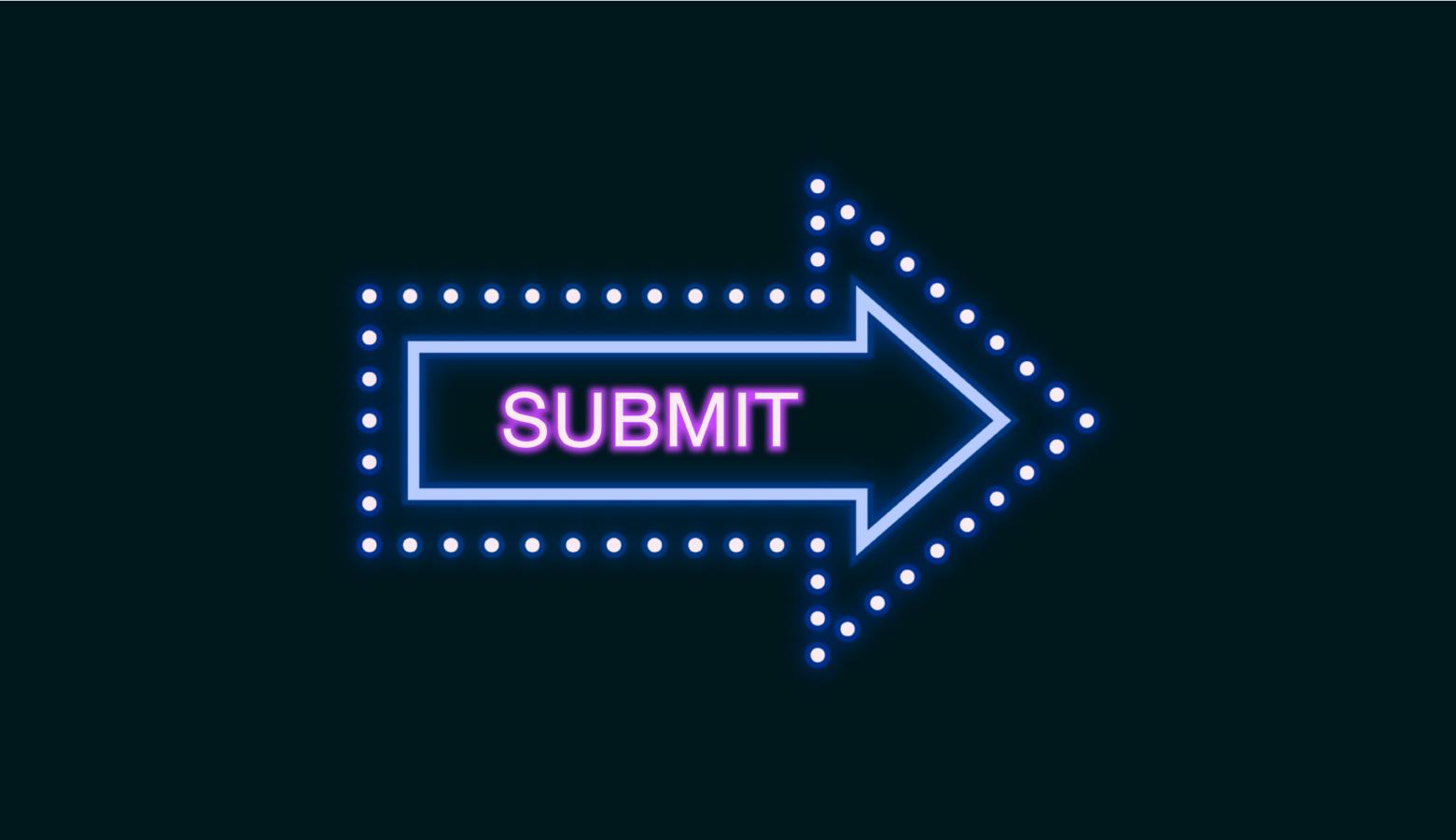
9. Blue Will Be Overthrown
Blue is certainly classic. It’s calm, comfortable, and reassuring—just like a pair of Wranglers. But good ol’ blue isn’t the color that will dominate 2020.
That distinction goes to green, a symbol of vitality and neutrality for uncertain times. From interfaces to interiors, expect to see Mother Nature’s favorite hue infiltrating design decisions in all disciplines. Need a specific shade? Look no further than dark seafoam green, a color readily found in plant life and natural phenomena.

10. Variable Fonts Will Be Controlled by Users
Variable fonts are individual font files that behave like multiple fonts. One file houses a single set of glyphs from which additional weights and proportions are interpolated between predefined nodes. Besides looking cool in design portfolios, variable fonts are a boon for responsive typography because they allow designers to ensure optimal reading experiences on a range of screen sizes and orientations.
In 2020, designers will allow users to customize individual reading experiences by incorporating variable font sliders on copy-heavy websites and apps. Some designers will cringe at the thought of their type schemes being tinkered with, but a person’s ability to read text always trumps visual appeal.
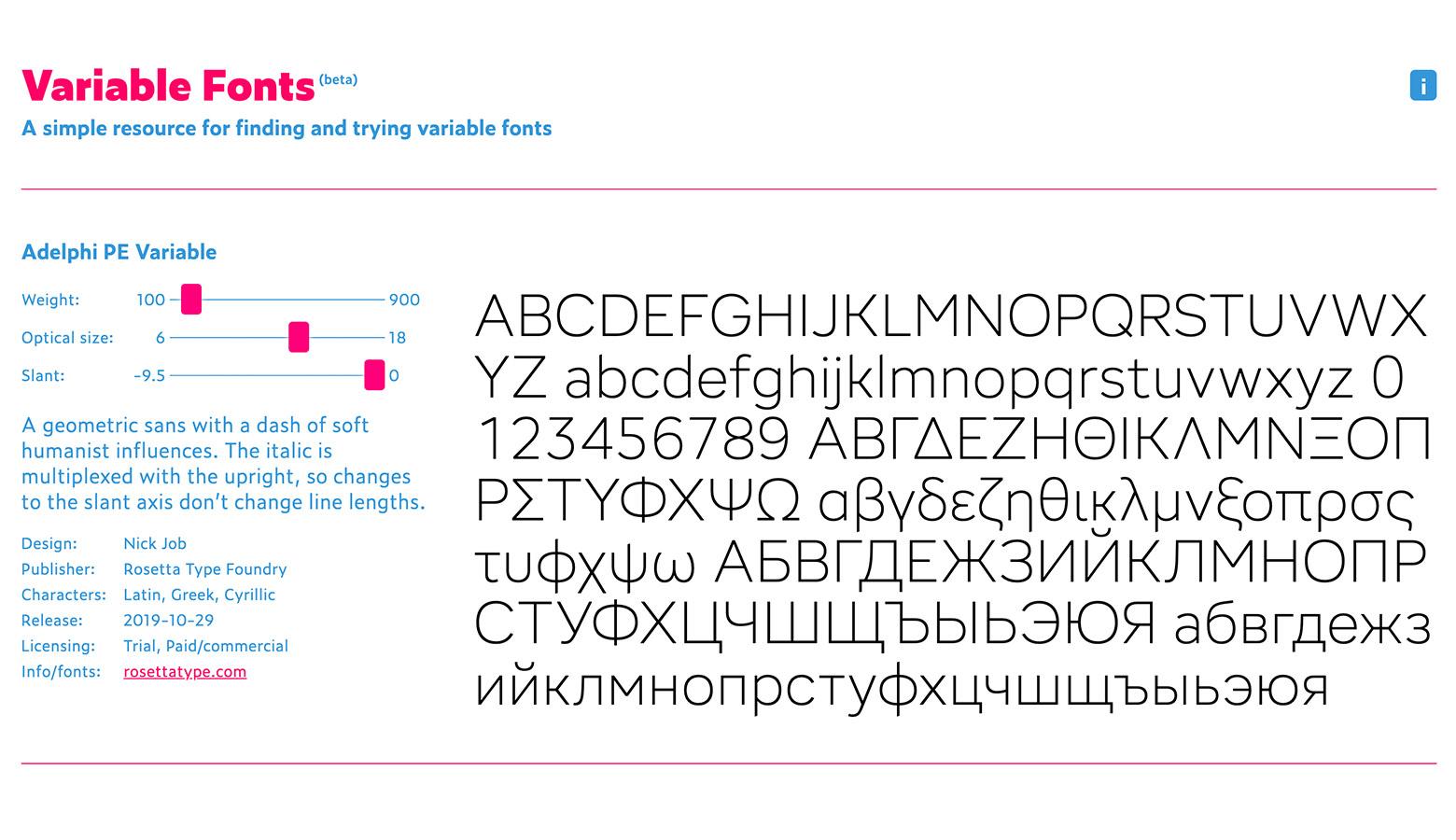
11. Data Visualizations and Infographics Will Dominate Social
With the 2020 elections, organizations of every type will turn to data visualizations and infographics to deliver important facts to their followers. But they won’t be using stodgy charts and stale graphics.
Designers will help clients ignite their social channels by creating visuals that deliver a double whammy of statistical clarity and human connection. Expect data-viz and infographics to eschew traditional 2D techniques in favor of alternative methods like photography, 3D modeling, mixed-media collage, and DIY animation.
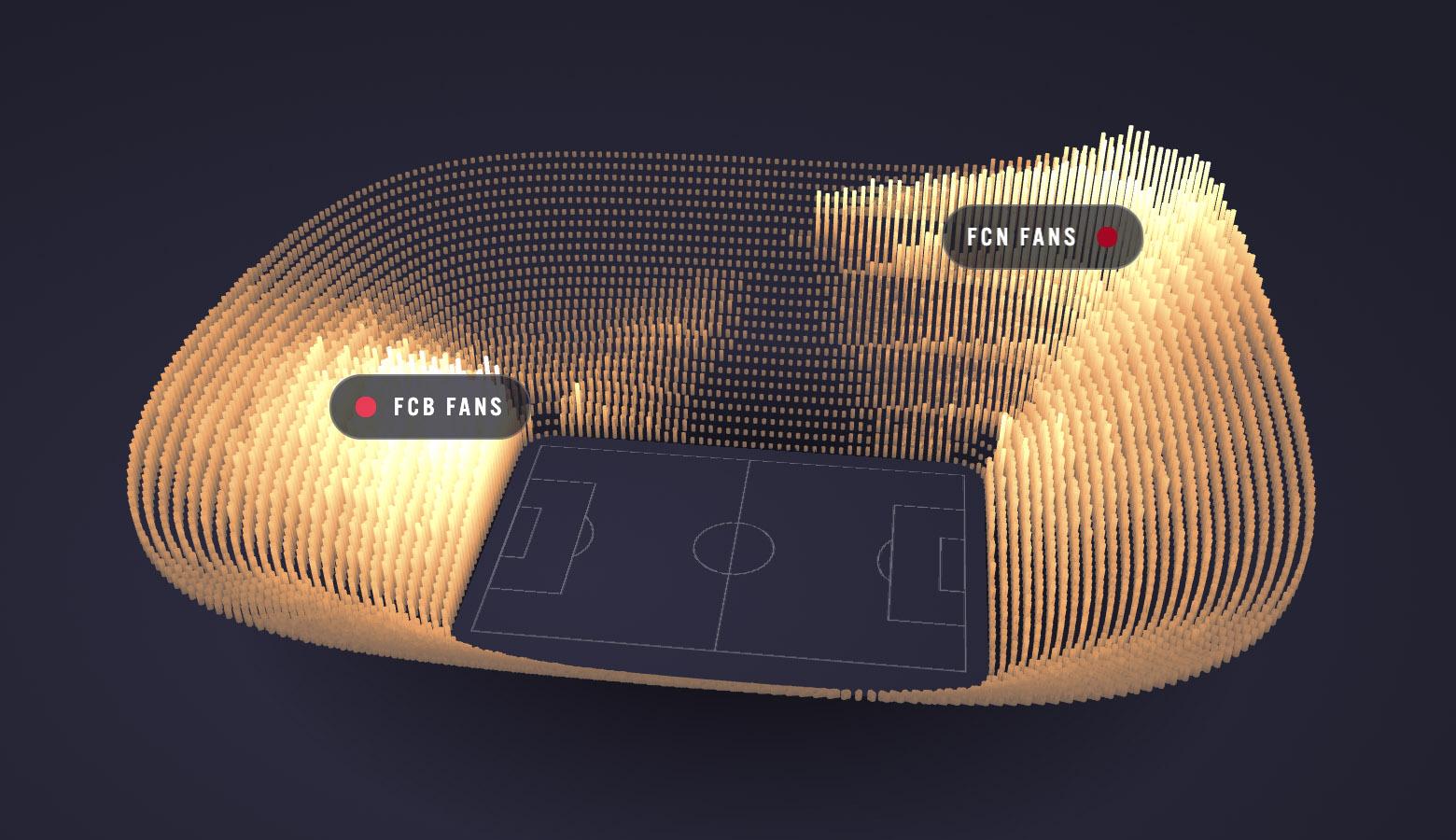
12. Monochromatic Illustrations Will Multiply
Thanks to illustration, the web is a more interesting place. Complicated technical concepts are now relatable. Mundane product offerings are strangely enticing.
As the need for illustration grows, companies will require more than a couple of homepage illustrations. They’ll need extensive illustration libraries that can be added to and updated quickly. One hitch. Compelling illustration takes time. The workaround? Limited color palettes.
In 2020, brands will use more illustrations than ever, and to meet the demand, illustrators will utilize monochromatic color schemes. To add nuance and extend brands’ storytelling capabilities, chosen colors will represent predefined themes.

13. Microcopy Will Mature
Microcopy is no longer an obscure UX subtopic only discussed by industry insiders. It’s a cornerstone of today’s digital experience. Microcopy makes users experts by helping them navigate and comprehend functionality, and it furthers brand engagement through tone of voice.
Unfortunately, there are times when brands prioritize tone of voice over clarity. When attempts at humor or cleverness cause confusion, microcopy becomes a hindrance. In 2020, UX writers will forgo fanciful microcopy and find ways to balance brand personality with focused precision.

14. Screen Alternatives Will Close the Physical/Digital Divide
The physical and digital realms are intertwining, but the transition between realms isn’t seamless, especially where screens are involved. Screens require interpretation, a momentary hesitation for the senses to reorient when looked at or away from. Lounging in front of a laptop or a phone, the switch between physical and digital might not appear substantial, but there’s a reason why texting is prohibited while driving. Screens are distracting.
Thankfully, screens aren’t the only way for people to interface with machines, and more companies are betting that the future of human-computer interaction won’t take place on phones or laptops.
In 2020, the transition between physical and digital will become even more imperceptible as voice user interfaces, wearables, and haptic technology offer consumers experiences that screens can’t match.
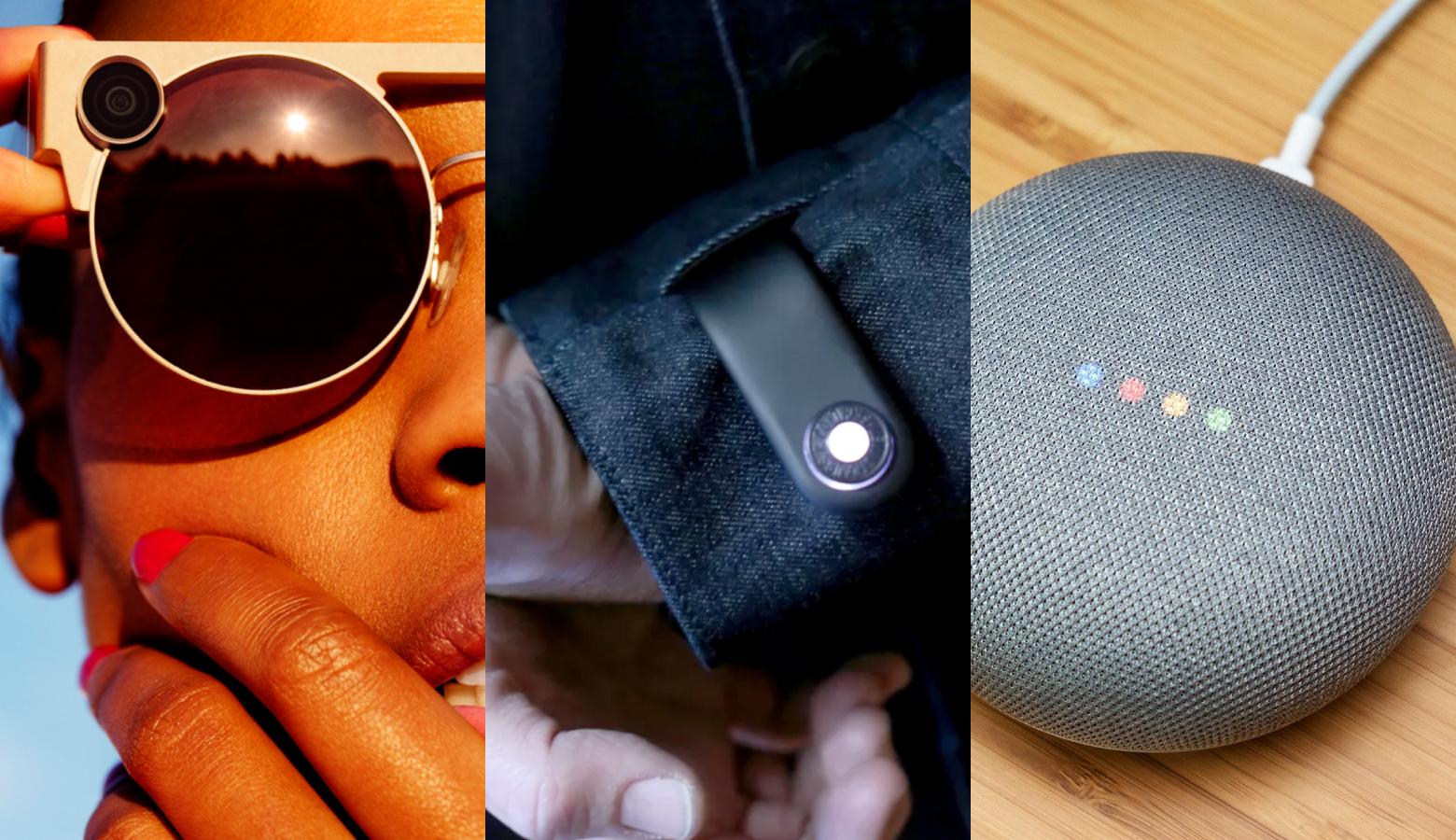
15. Maximalist Design Will Disrupt Digital
Digital design for mobile devices thrives on simplicity. As such, a minimalist aesthetic dominates digital product design. But for all the austere elegance of our design world, the rebellious spark of maximalist expressionism will not die.
Today, there’s a rising movement of designers who refuse to concede that visual simplicity is always the best solution. Such designers believe that maximalist design communicates information with greater clarity and character than minimalism.
In 2020, more designers will depart from minimalism to pursue experimentation and the chance to help their clients stand out in a world of digital sameness.

16. Custom Stock Photos Will Abound
Whether its a product picture for eCommerce, a fashion shot for print, or a lifestyle photo for social, the quality of photography can make or break a brand interaction. What most people don’t realize is the amount of time that goes into a shoot. Point and click is not part of the equation.
When clients have limited resources, designers are typically forced to mine stock photography sites for visual content. But now there’s a growing list of stock sites that offer customized campaigns on a subscription basis. A variation of this model was recently launched by Unsplash. Brands pay to have their logos and products placed in free Unsplash images which are used and viewed by millions.
Anticipate these services to rise in popularity as custom stock sites improve their offerings and make it easier for designers (and their clients) to define brand-specific photo briefs.
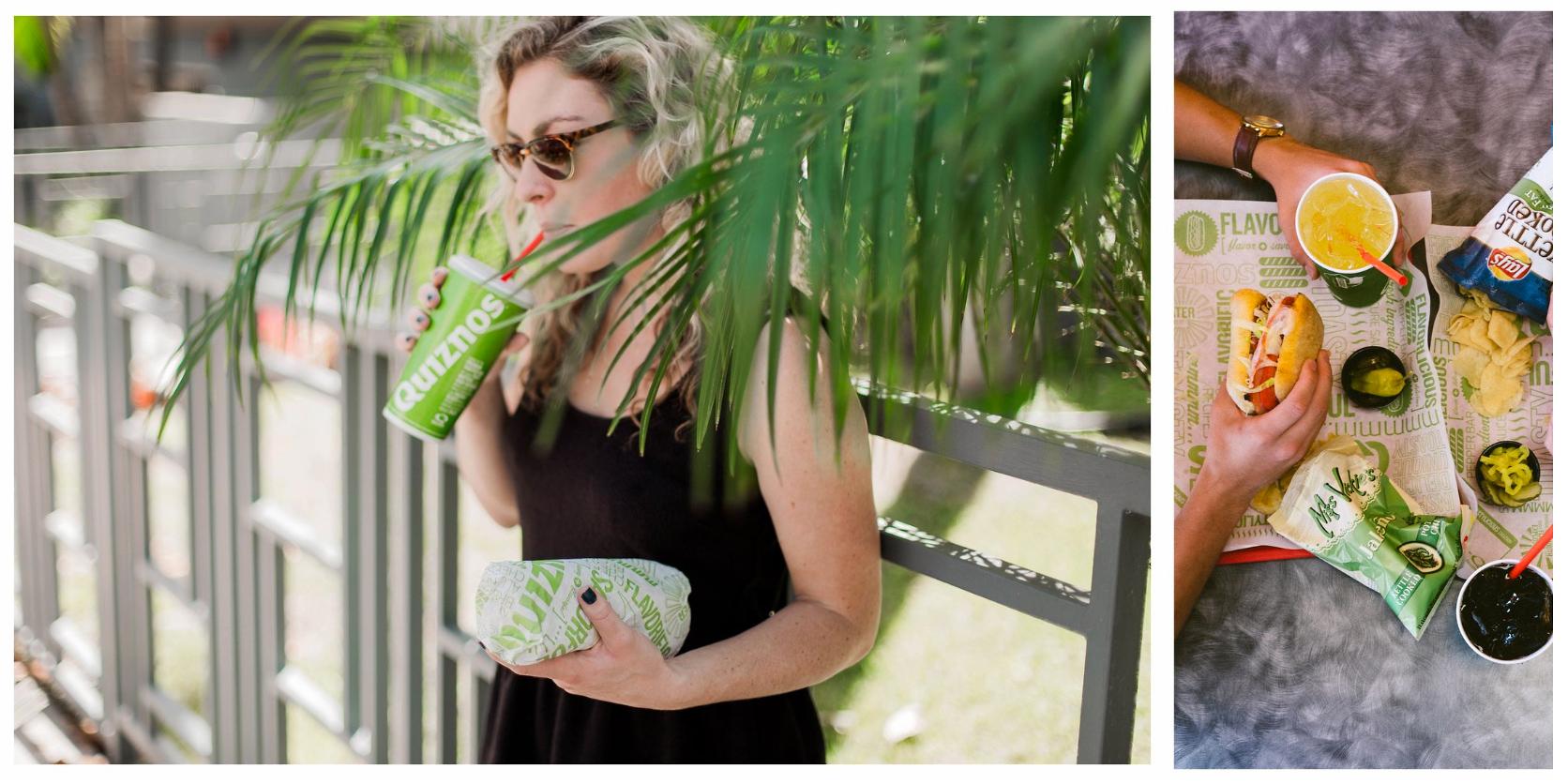
17. UI Color Schemes Will Be Dynamic
In recent years, many brands have adopted a more liberal approach to color. Expanded color palettes are especially useful on the web, where visual elements like illustrations and UI components require color flexibility.
2020 will bring an increased number of dynamic UI color schemes that change based on environmental variables (time, location, weather), user behavior (inactivity, clicking, scrolling), and personalized themes (light or dark). Expect designers to pair dynamic palettes with color psychology to further influence key metrics.
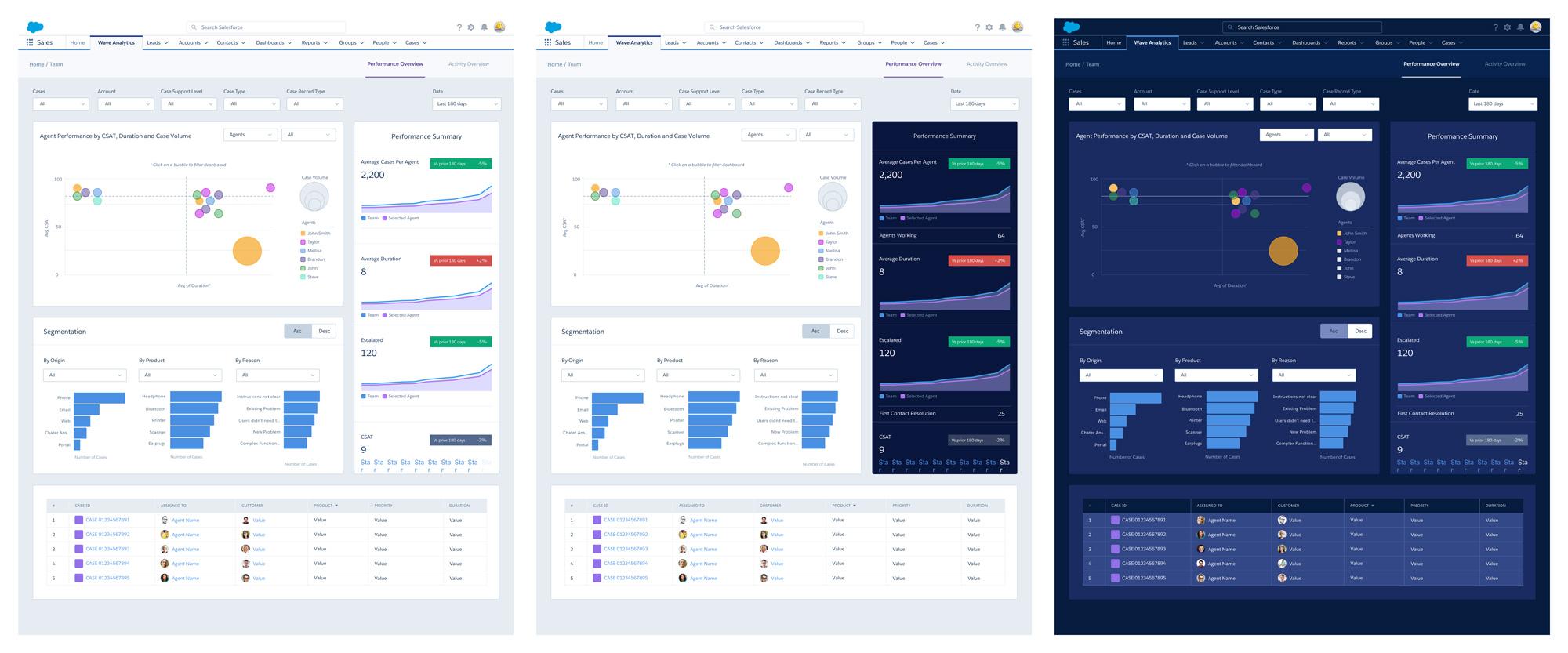
18. Branded Social Content Will Leverage the Ephemeral
Social media users are obsessed with ephemeral content—images, videos, and sound snippets that are available for a limited number of hours. It makes sense. People like quick hitting stories, and there’s a psychological component that amplifies the value of things perceived to be scarce. Not all social sites remove posts after predetermined timespans, but the ephemeral mindset is firmly entrenched in users’ expectations of social content.
In the coming year, branded social content will be increasingly story-based, but high-polish production values and strict narrative structures will prove to be too slow and inflexible to be sustainable. Instead of obsessing over manicured posts, savvy companies will embrace the fleeting nature of ephemeral content and elevate engaging, in-the-moment sentiments above all else.
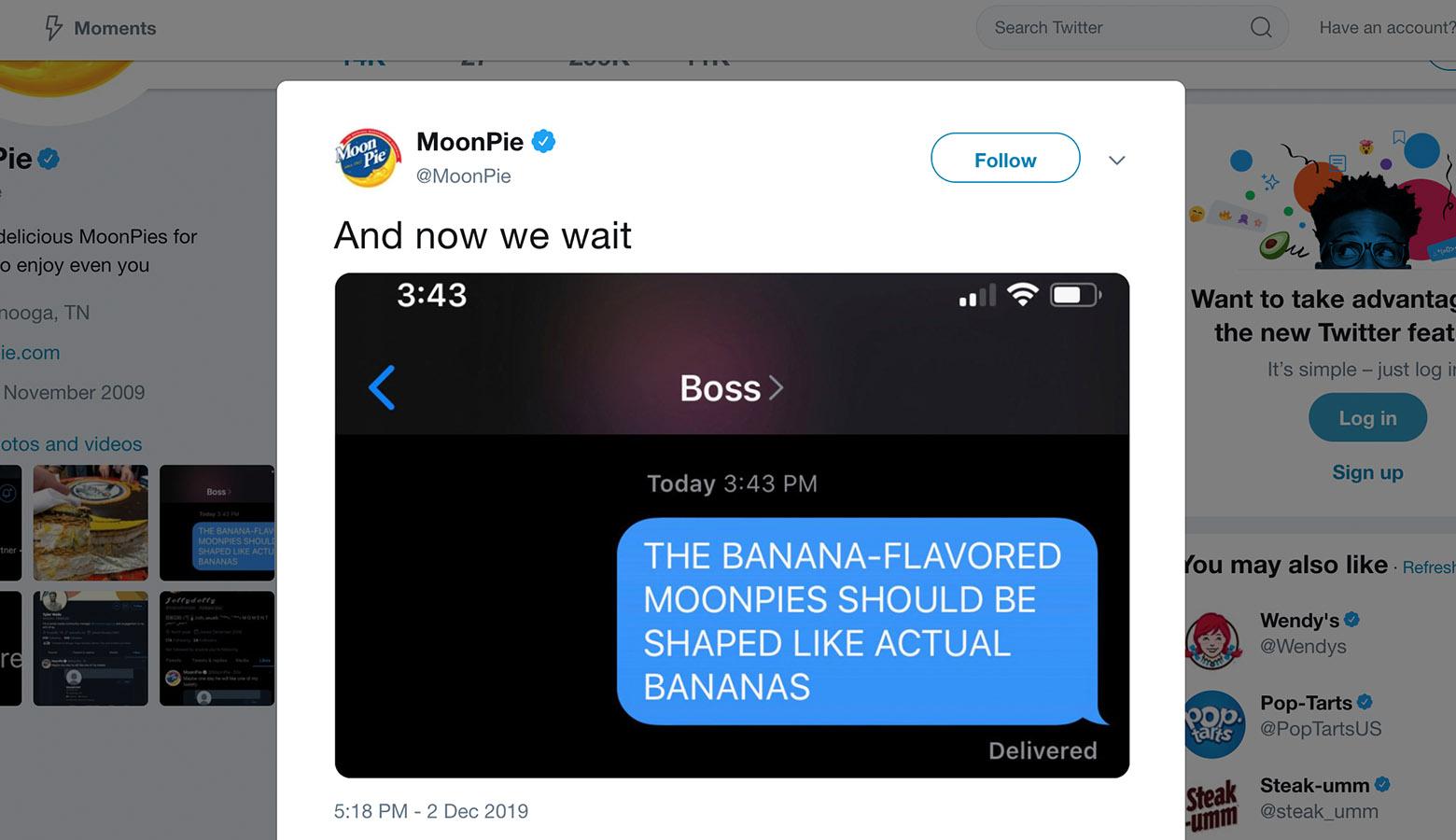
19. First-Screen Digital Experiences Will Generate Controversy
When a phone is unlocked, a user sees one of two things:
- A home screen
- A screen from an app that was left open when the phone was locked
Phone carriers and equipment manufacturers are rethinking this experience. Predictive first-screen technology learns users’ preferences and preloads content to be found immediately after unlock. This means that users don’t need to navigate through their phones to find what they want—a subtle but significant shift in the way people use mobile devices.
First-screen technology won’t be without controversy in 2020. Aimless browsing is big business (i.e., every social site ever), and predictive content loading raises concerns about what users are shown and who controls the distribution of information.
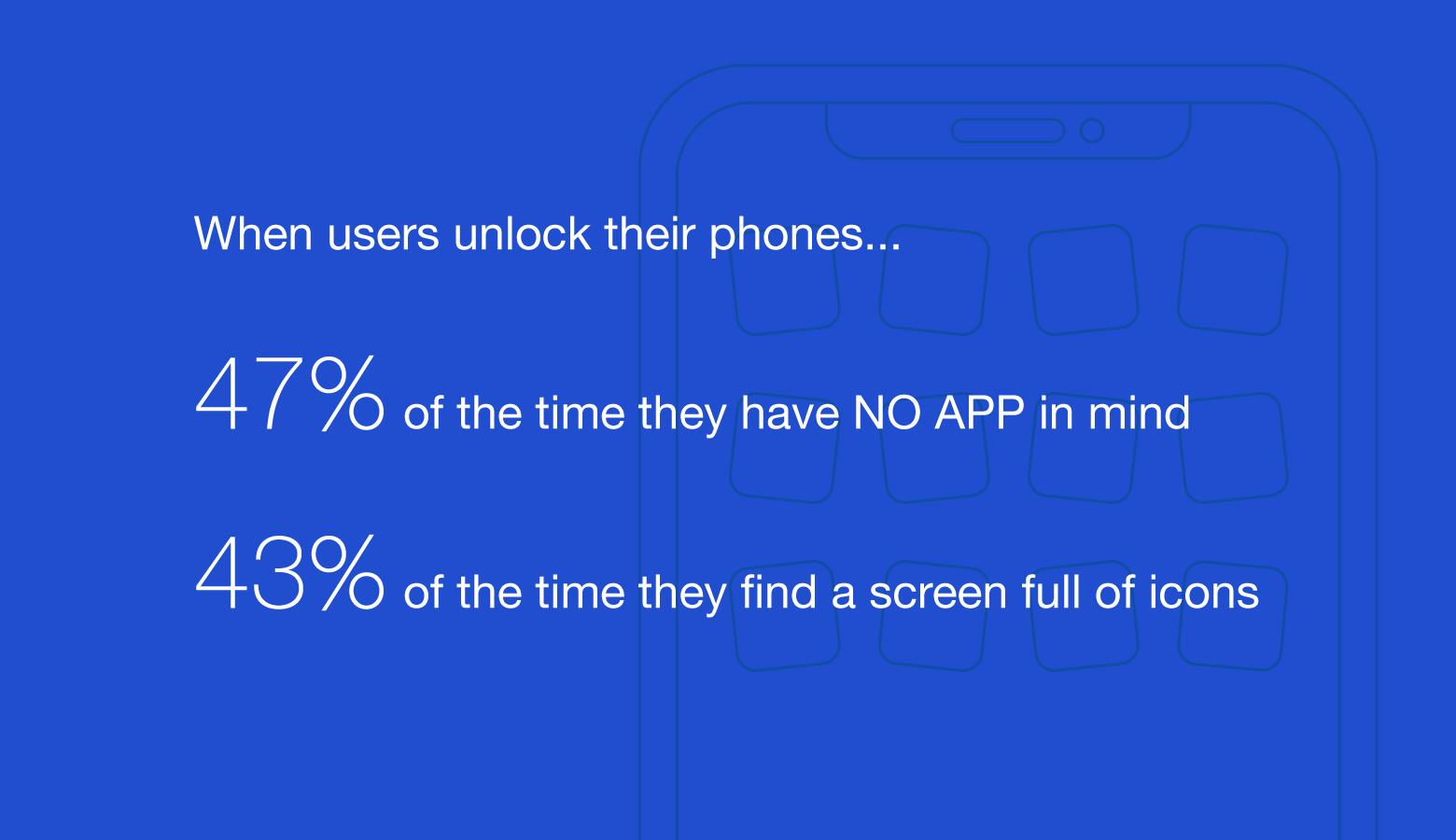
20. Brand Messaging Will Promote Unity
2020 is an election year for nations across the globe, and it’s no secret that the political landscape has been a bit…contentious. No doubt, some companies will slosh fuel on the outrage inferno by launching divisive ad campaigns (as if we don’t see enough from the candidates themselves).
Recent studies have shown that frenzied political divides are eroding our physical and mental wellbeing. Savvy brands will steer clear of political controversy and promote their wares with themes of unity, partnership, and cooperation.
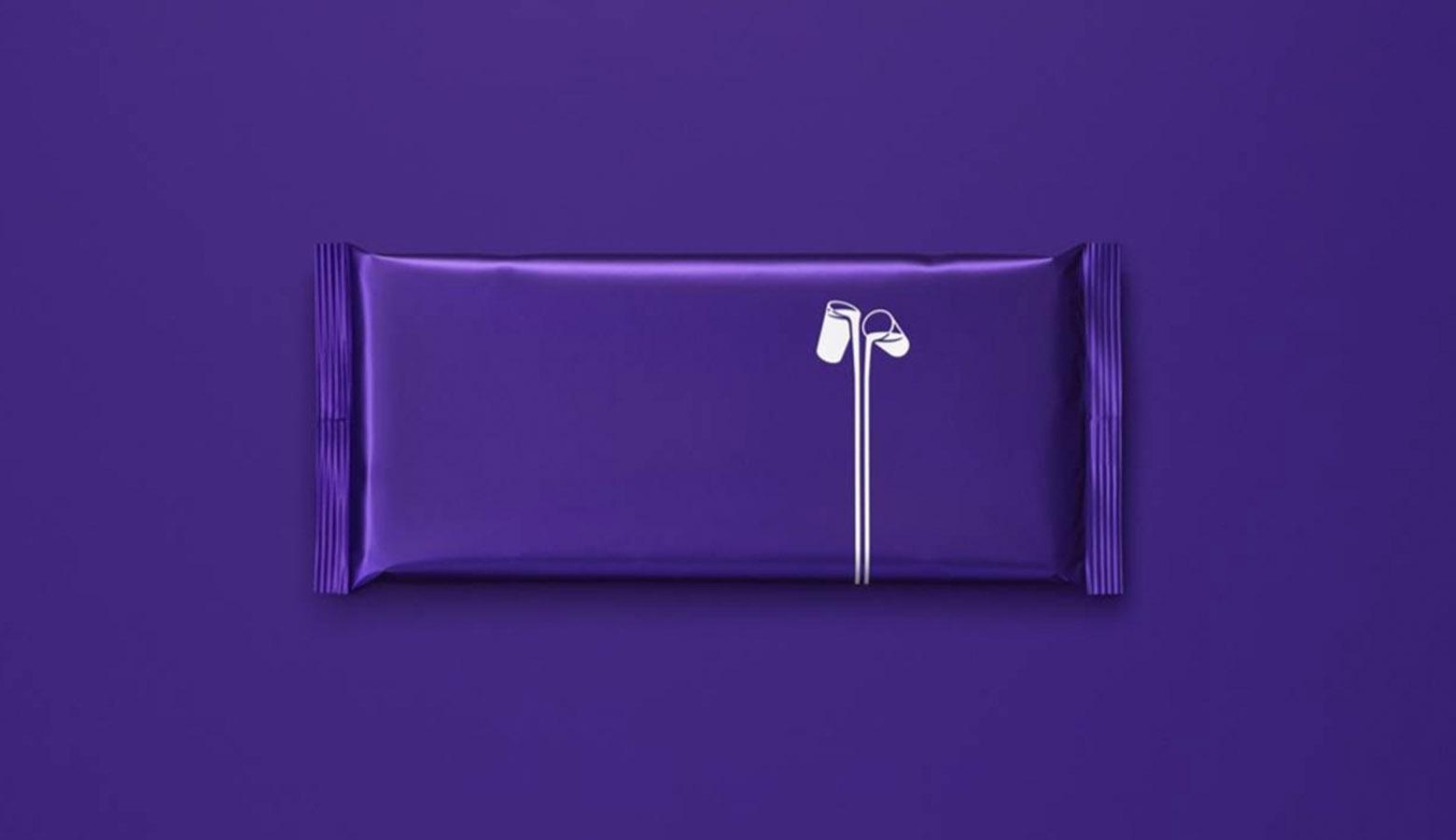
Taste and Timing: Digital Design Trends 2020
Forecasting the future of design is a tricky endeavor. Some trends explode from obscurity to light up the sky but soon fade. Others start as a flicker and come on slow, glowing ever brighter until they’re entrenched in our everyday design decisions.
As designers, we tend to be controlled by trends or reject them altogether. Both options are limiting. Trends source their power from people and time. A trend becomes a trend because enough people find it compelling, and every trend has a period of peak influence. To use trends well requires a finely tuned sense of what an audience wants and when they want it.
Further Reading on the Toptal Blog:
Understanding the basics
What is the color trend for 2020?
There are several companies that release yearly color trends. Pantone is the most notable, but paint companies like Behr and Sherwin Williams also participate. In 2020, dark blues and yellow-tinted greens are being forecast as anchor colors, while shades of light pink (blush) and white act as accents.
What are the design trends for 2019?
As 2019 draws to a close, we can look back and see a number of design trends that impacted digital design. Gestures, augmented reality, rapid onboarding, and voice user interfaces have all gained wider acceptance. We’ve also seen more web illustrations, wider color palettes, and a greater emphasis on UX copy.
What are the current design trends?
The current design trends in the field of digital design are muted color palettes, asymmetrical layouts, 3D typography, abstract illustrations, and bold but simple headline fonts. Brand animations, metallic effects, open compositions, and floating/flying elements are also routinely used.
What are the design trends for 2020?
2020 design trends will range the gamut. Microcopy will be less cutesy and more mature. To meet high demand, web illustrations will go monochromatic. Temporary logos will be used to increase engagement. Maximalist design will challenge minimalism in digital products. And ethical design will be a top priority.
How do you keep up with design trends?
Today, there are more ways than ever to keep up with design trends. Social media, blogs, conferences, and magazines are constantly churning out trend updates. The real world is also a great source of inspiration (cities, stores, and physical spaces). Finally, other designers are often aware of emerging trends.
Tags
Micah Bowers
Vancouver, WA, United States
Member since January 3, 2016
About the author
Micah helps businesses craft meaningful connections through branding, illustration, and design.

